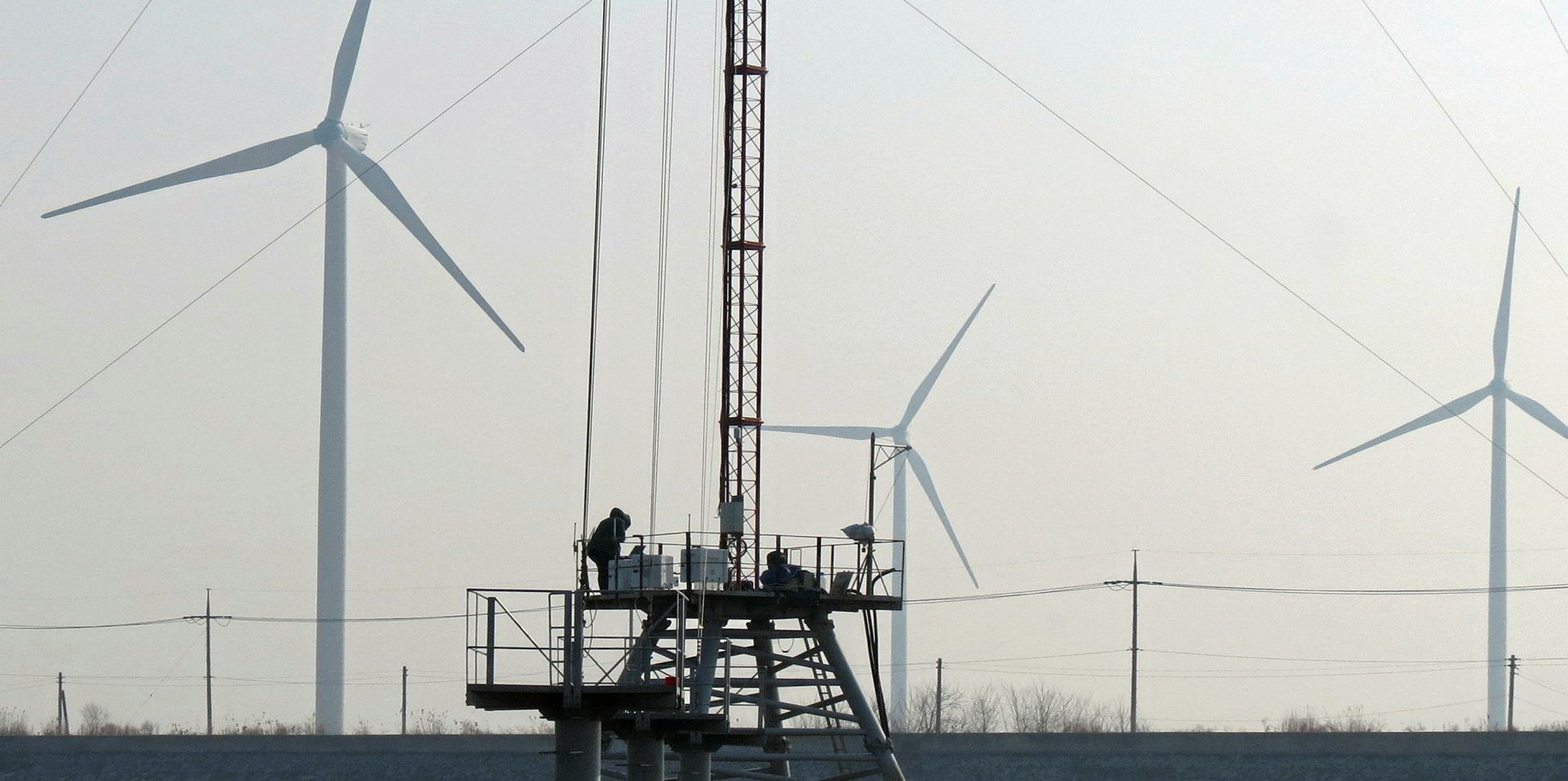Certification body DNV GL has launched its first Lidar verification site in Asia, as demand for the wind-reading technology – a mainstay of measurement campaigns in Europe – grows in the region spurred by the development of larger-scale, locally built turbines and bigger projects.
The near-shore facility, in Youngkwang, South Korea, which is said to have “optimal conditions” for wind power benchmarking, has recently been used by Korean developer DaeHan Energy and Lidar device manufacturer VisionPlus.
“Previously, customers who wished to have their Lidar verified had to send their equipment to our European offices,” said DNV GL Energy Asia Pacific executive vice president Nicolas Renon.
“With this new site, we will be able to deliver more cost-efficient and higher quality data, tailored to the characteristics of the Asia Pacific region and to support the growth of the fast-growing local wind sector.”
Lidar – which shoots a laser beam into the sky and measures wind flow by reading the way it ‘scatters’ in the atmospheric particles – is replacing traditional fixed-height meteorlogical masts as a technology that is ‘portable’ and can take measurements up to 200 metres in the air.
DNV GL’s new test site has been developed with input from the company’s team of German Lidar experts, which has been working in the field since 2005.
“In recent years, the demand for Lidar measurement campaigns has been increasing greatly, in Germany alone the demand for Lidar verification has increased by 100% for DNV GL,” said the company, with “similar growth rates are expected in Asia, as the number of new turbine designs from local manufacturers and proposed wind [farms] is expected to increase”.
Last month, Korea installed its first floating Lidar unit, at the site of a 1.4GW offshore wind power complex being developed off the industrial city of Ulsan.


